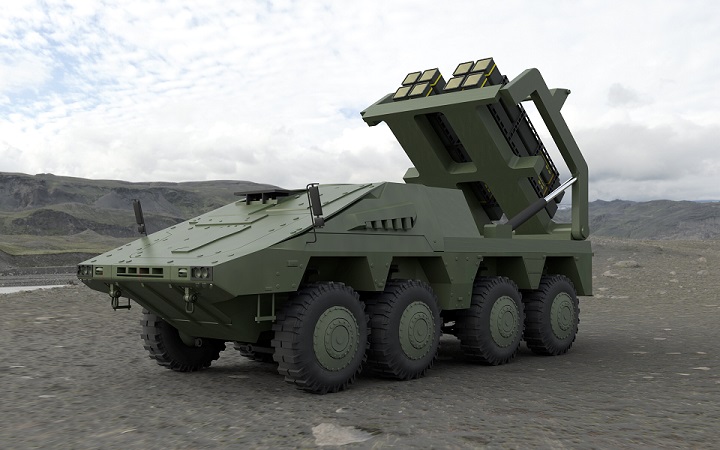Basic weapons training should be a must have for everyone starting out. Not only do they get a basic understanding of how to use them, but the CAF can see if the recruit is capable of stepping up to the responsibility to handle a device that can easily kill someone. Basic fieldcraft such as setting up a tent, stove, lantern fire, basic first aid and surviving in the outdoors are all useful skills for life. I can see that digging a L trench and developing range cards is not useful for someone going into the sea trades. Knot tying and basic ropework is though. Learning how to organize and do sentry work, is likley to be useful in their career, whether they are on a ship, posted overseas to a FOB or a foreign base. they at least have an understanding of the concepts and some memory to draw upon.
At the end of the day, learning some of these skill sets is what makes the CAF a different place to work and can give a common memory to everyone and some bragging rights with non-CAF people. Logistical types may have to do Base Defense duties and that should be practised. Sea going types may have to escort humanitarian supplies ashore or guard the jetty they are tied to, so that skillset should be practised. RCAF types might have to make their own beds for a change and guard an air field against a possible terrorist attack or cruise missile strike. So they need to learn how to prepare and handle those threats.
I like to see all of those going into sea trades get some intense small boat work and water survival training as opposed indepth trench work. People going into Logistics get to learn how to move and set up and distribute supplies in different settings. People in Sigs get to set up communication hubs in adverse settings.




